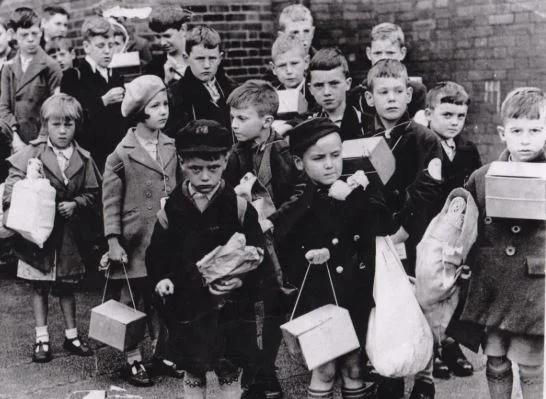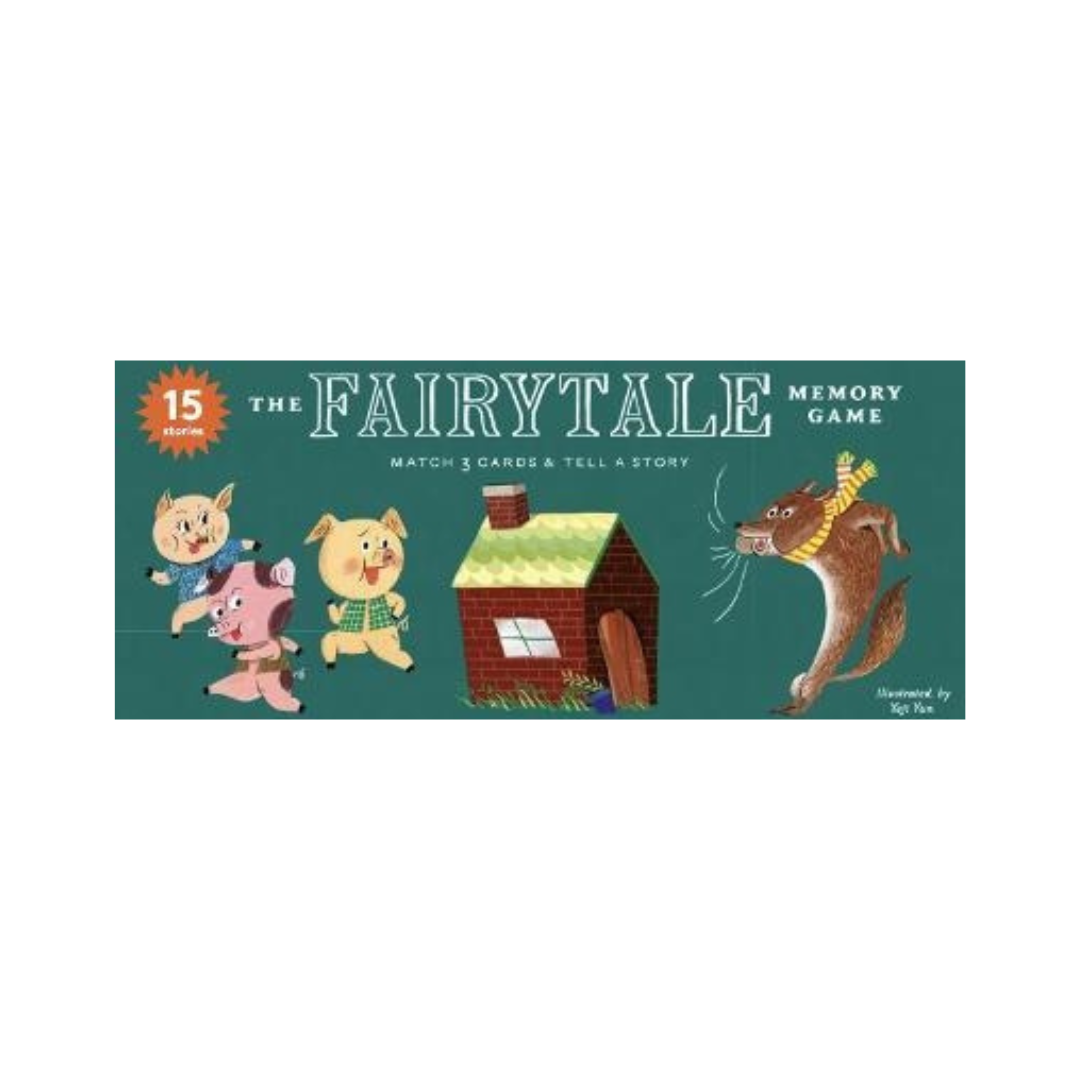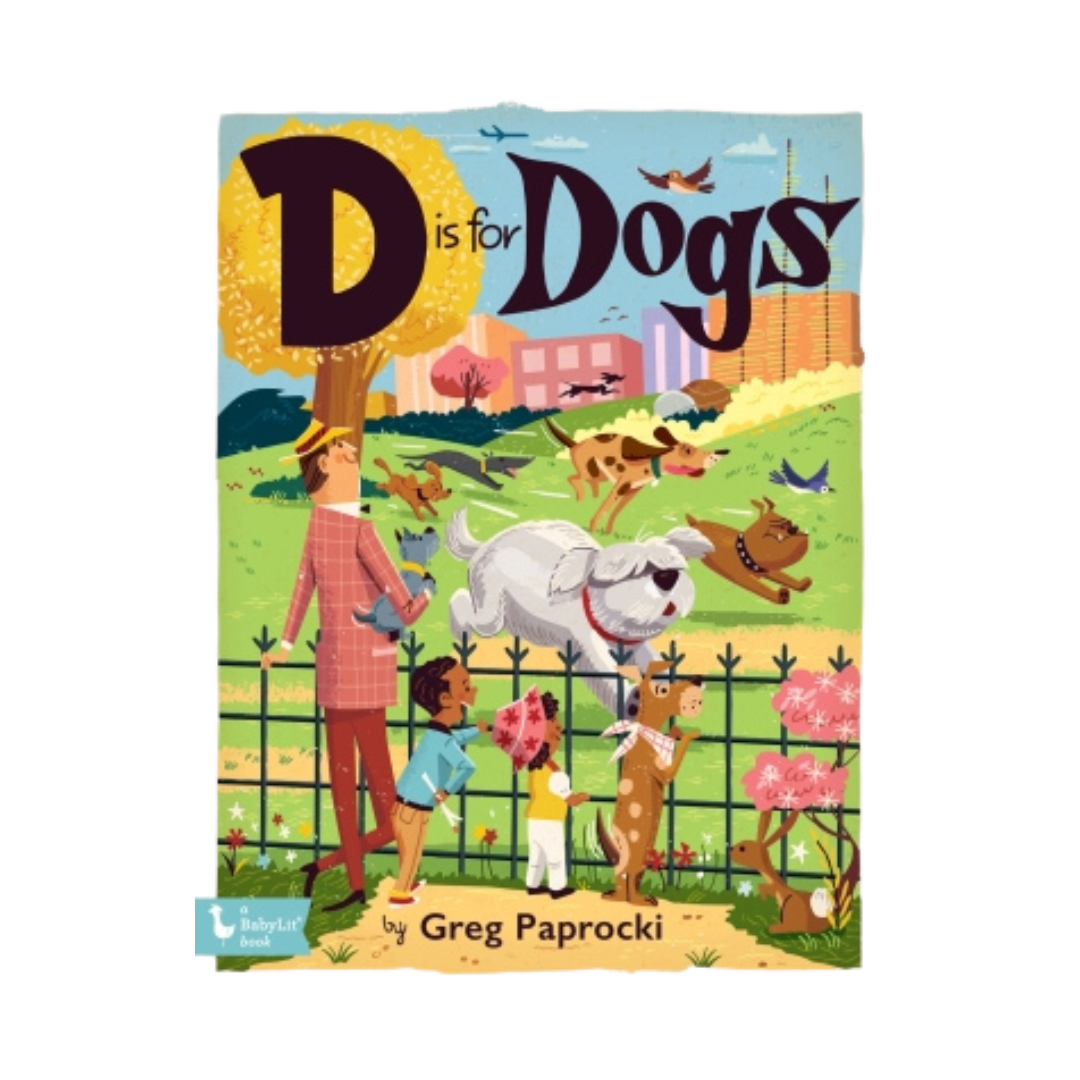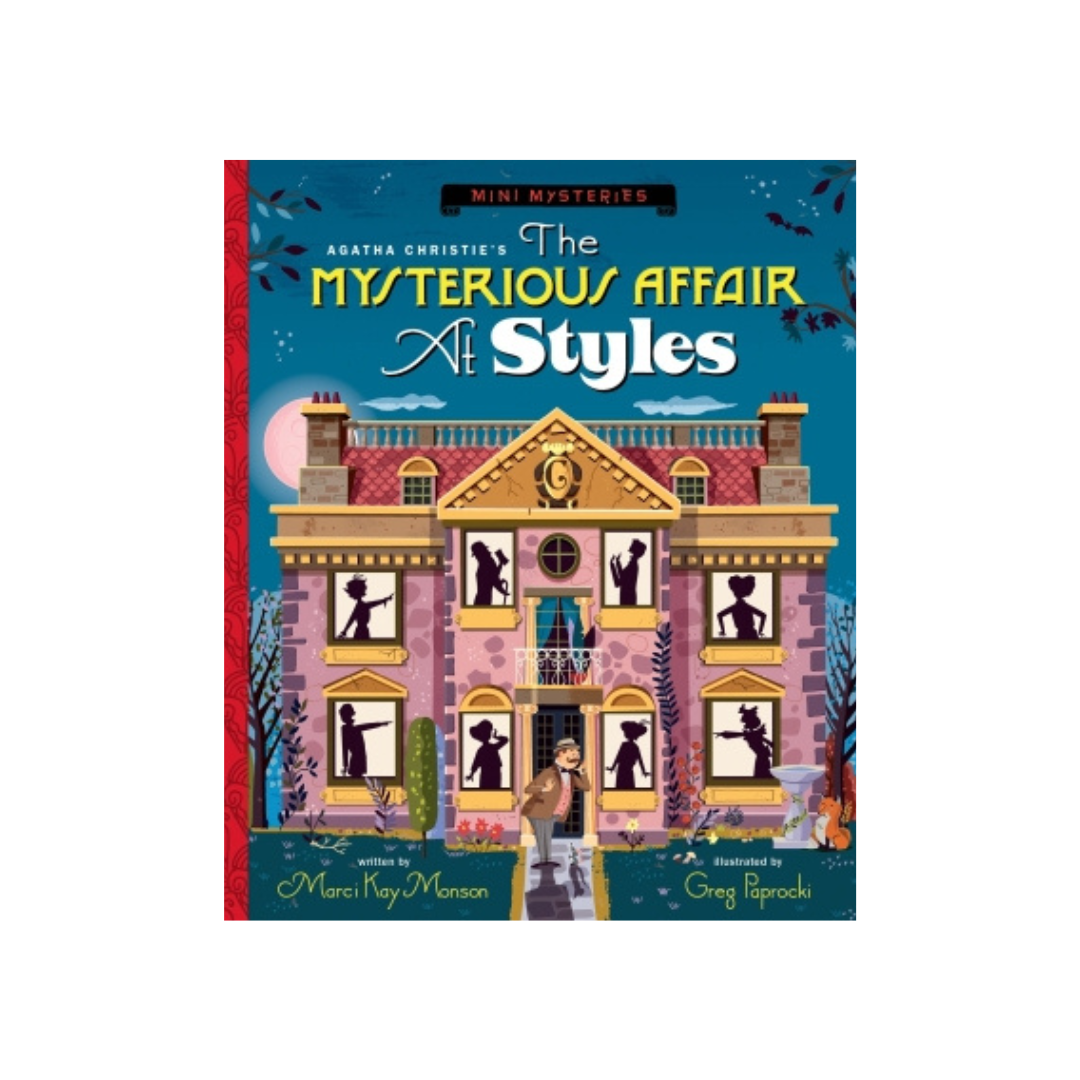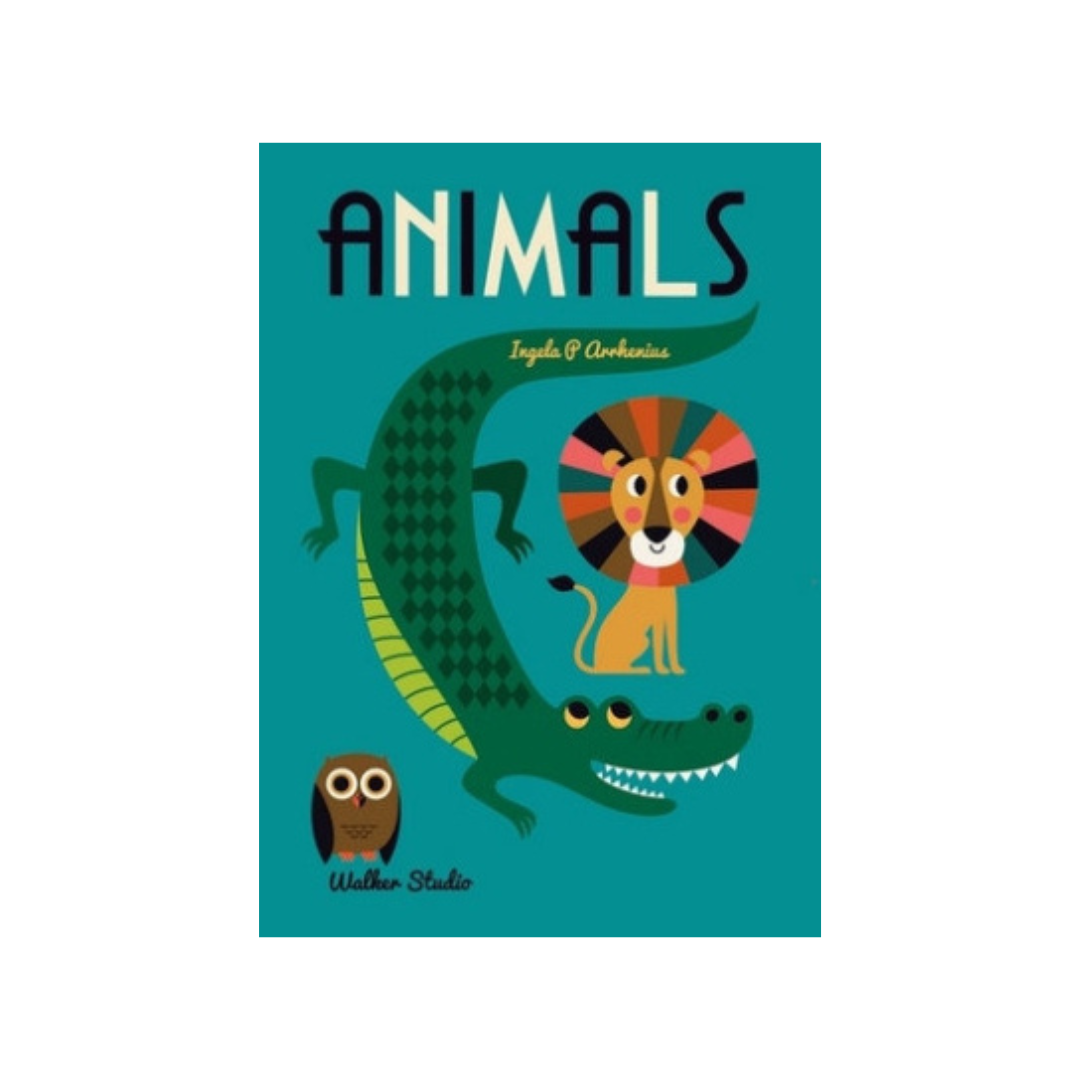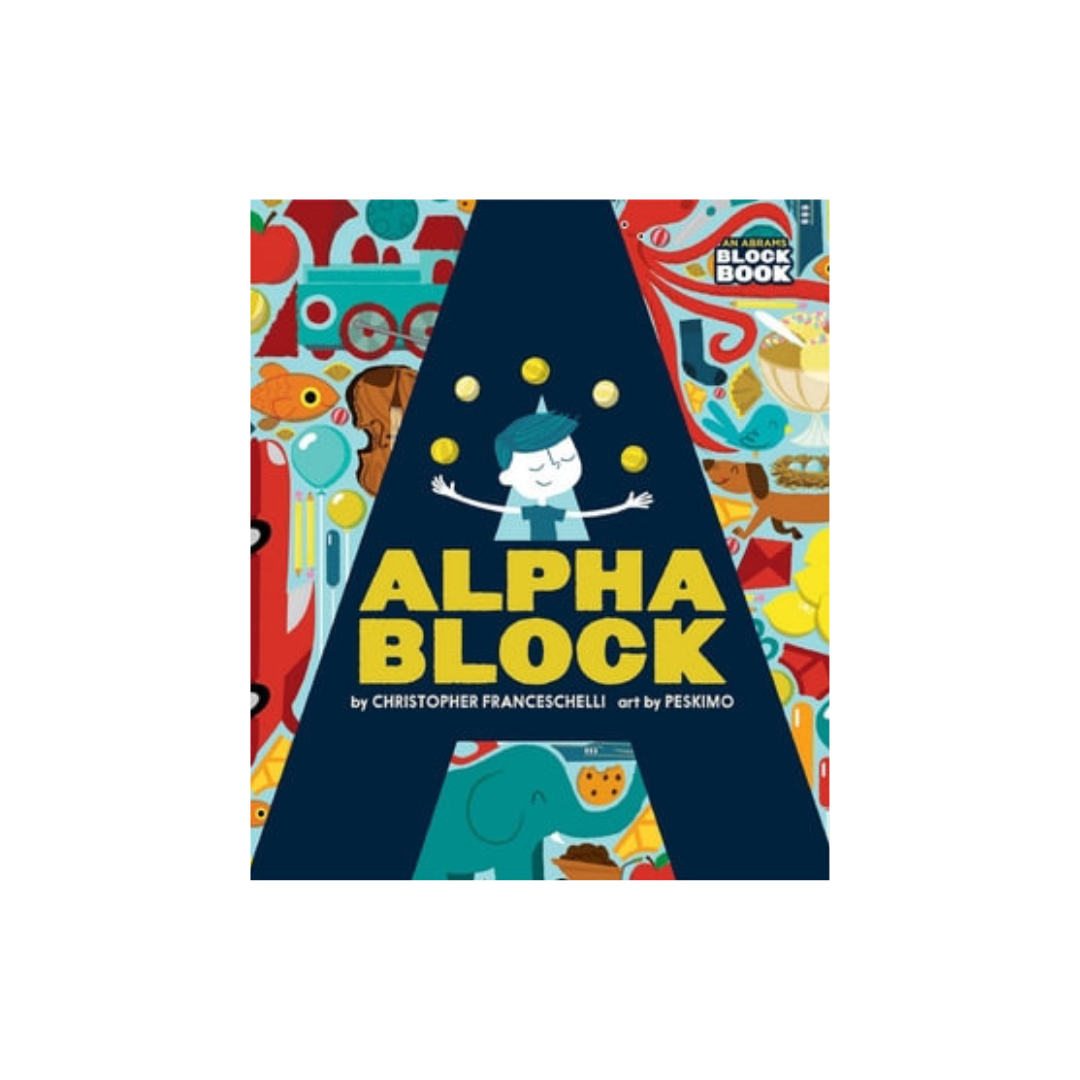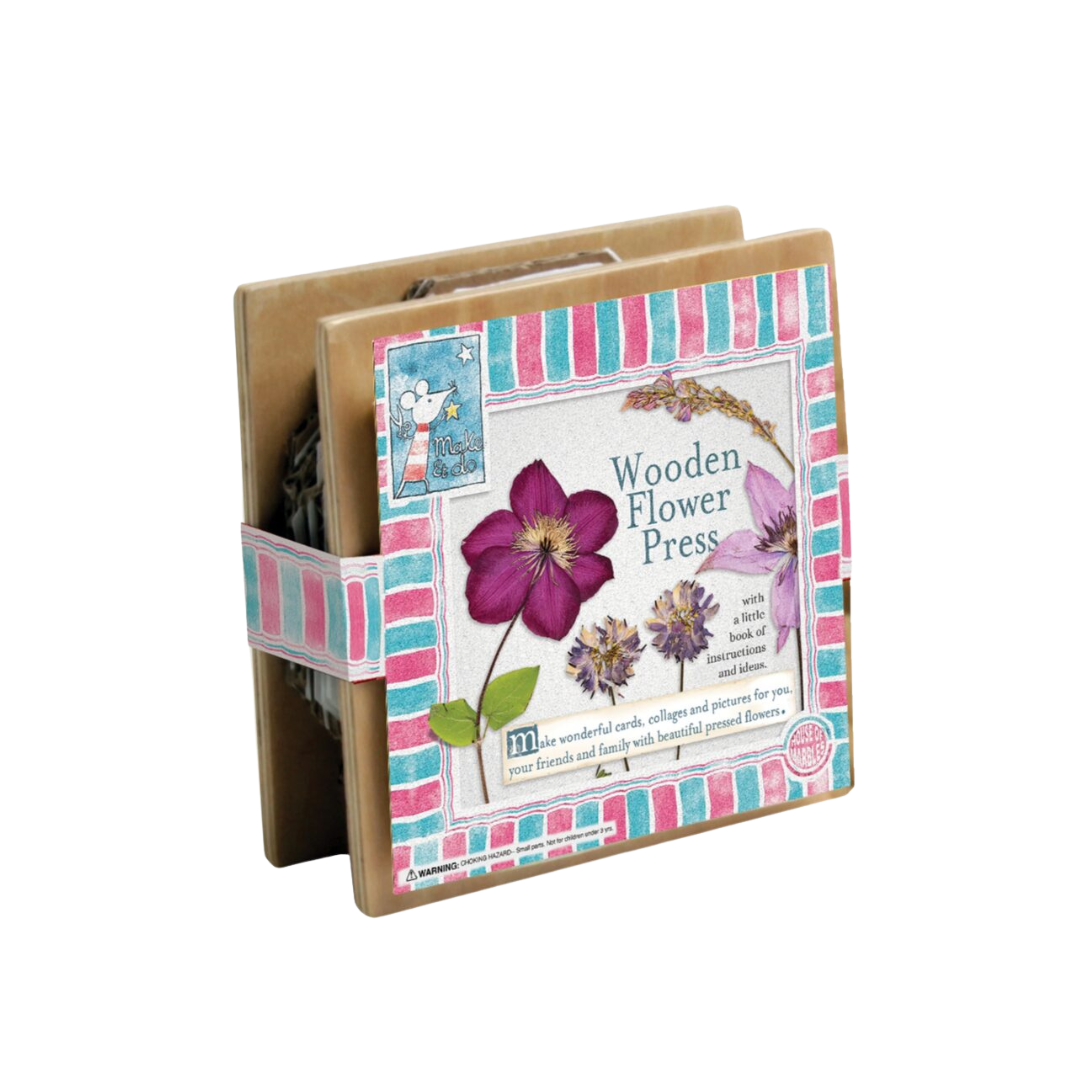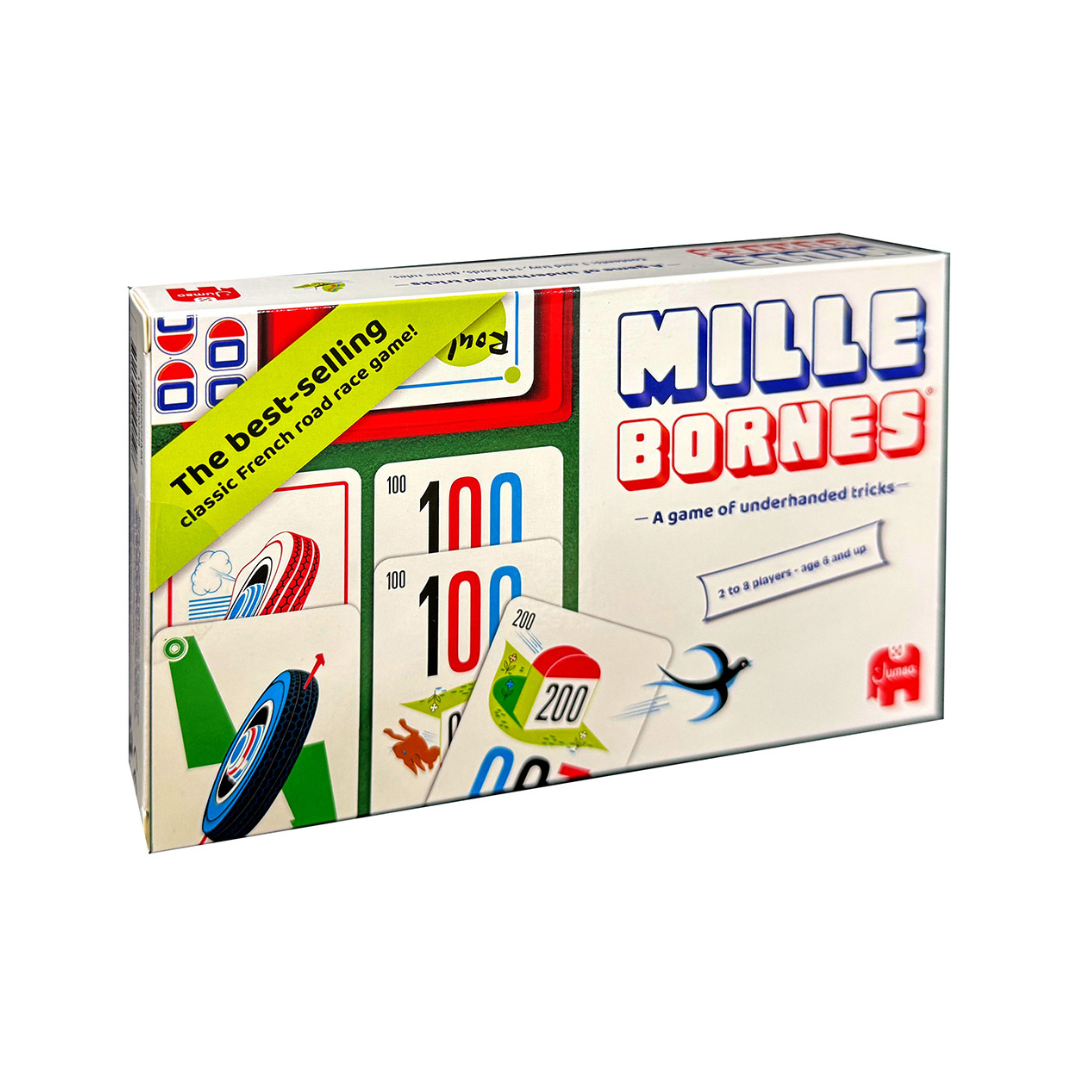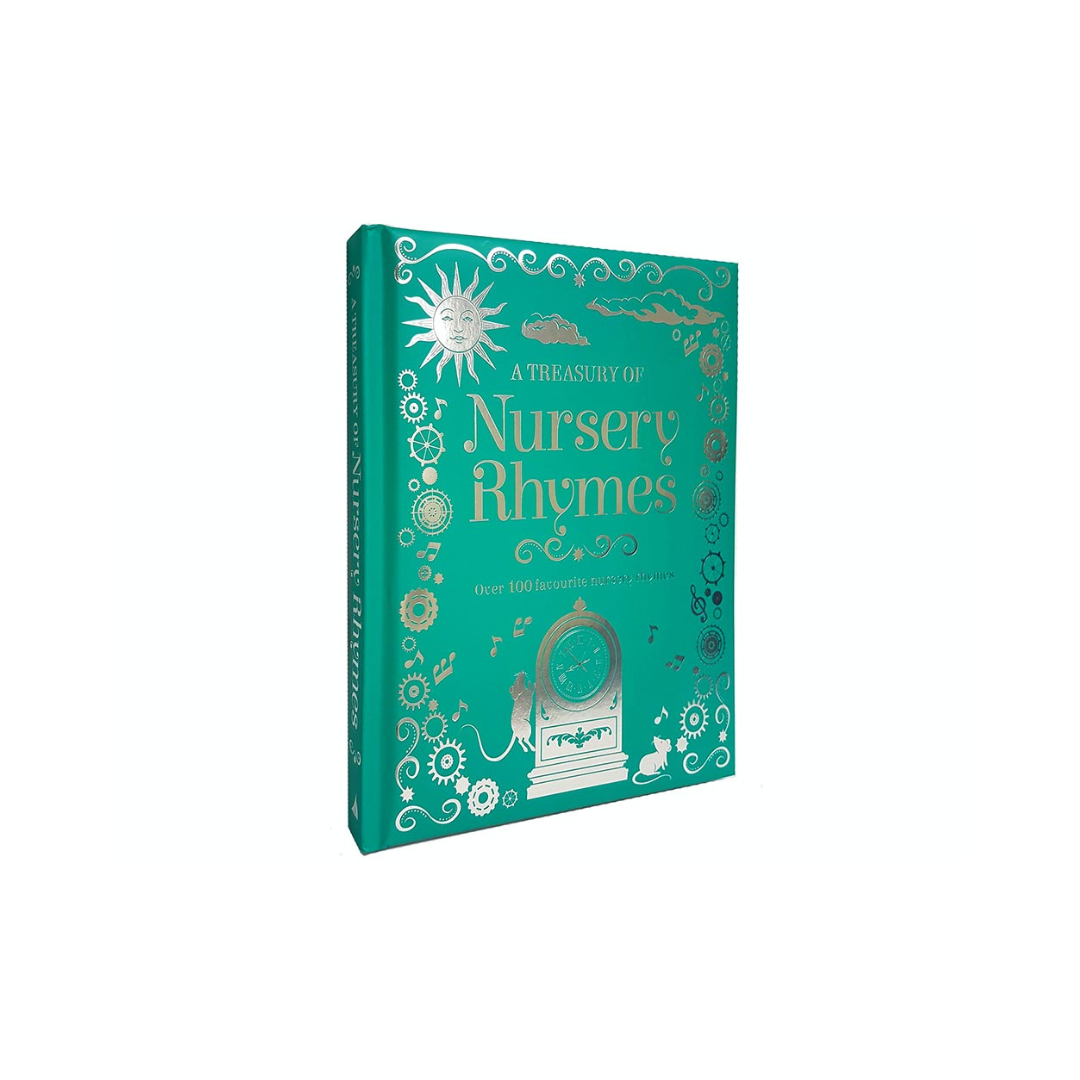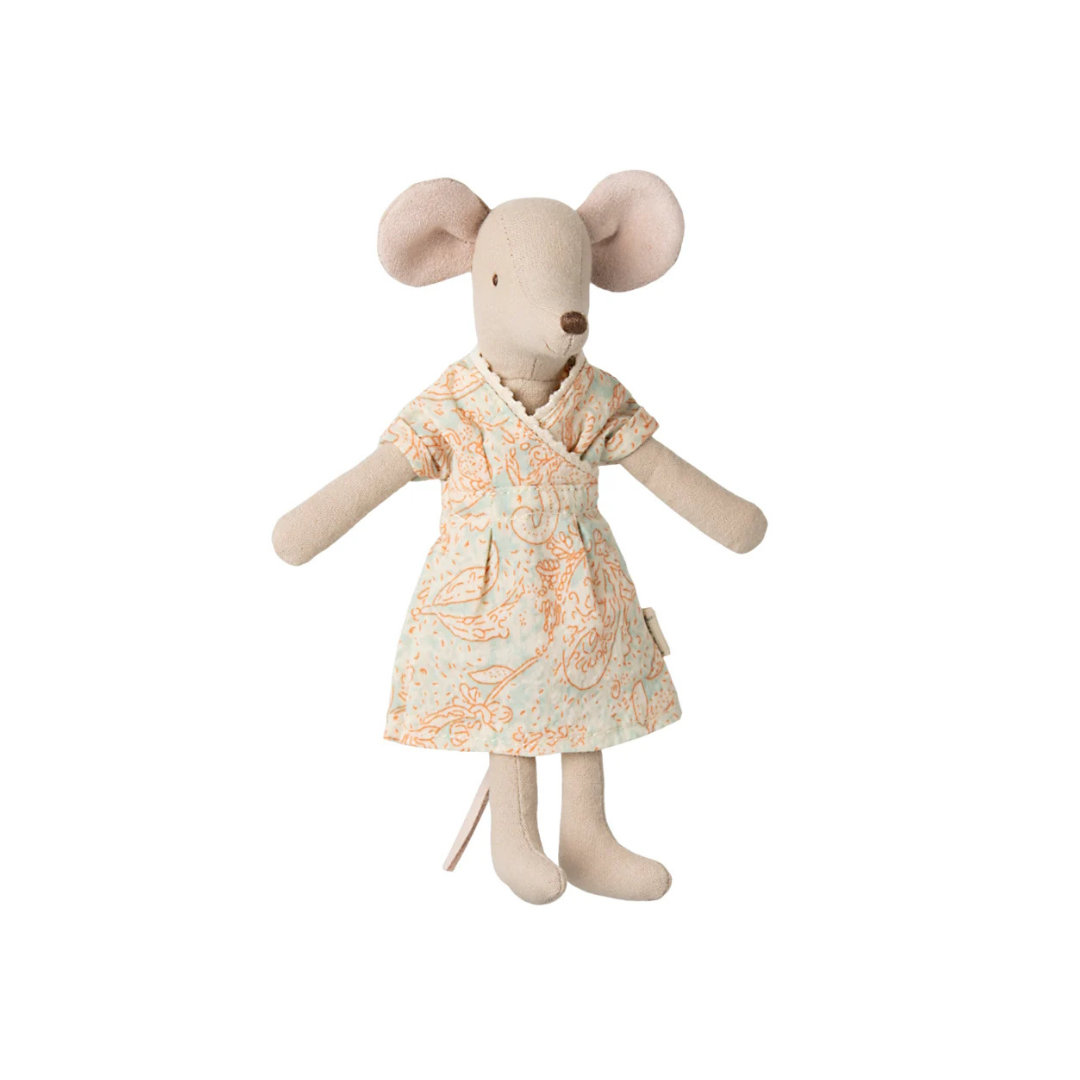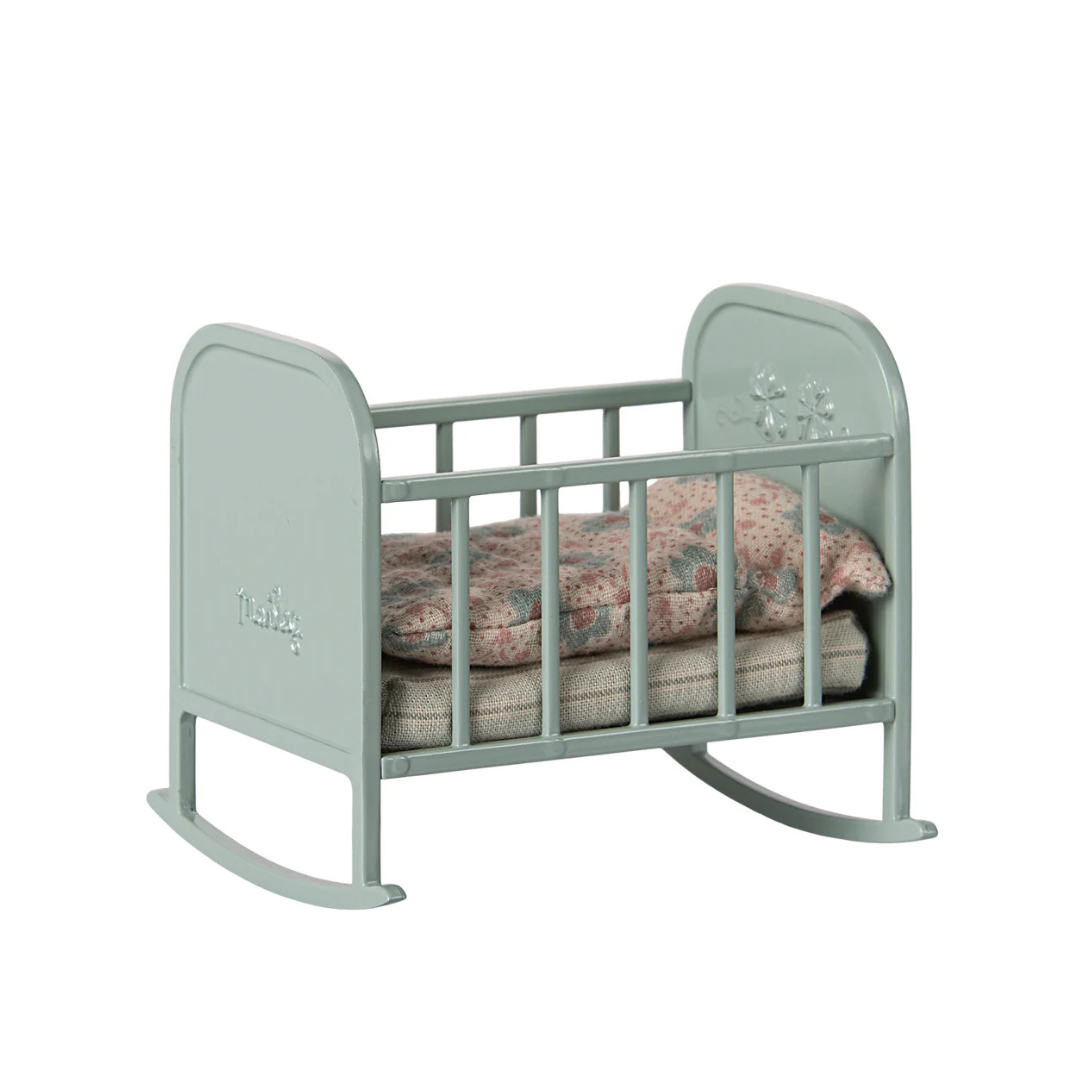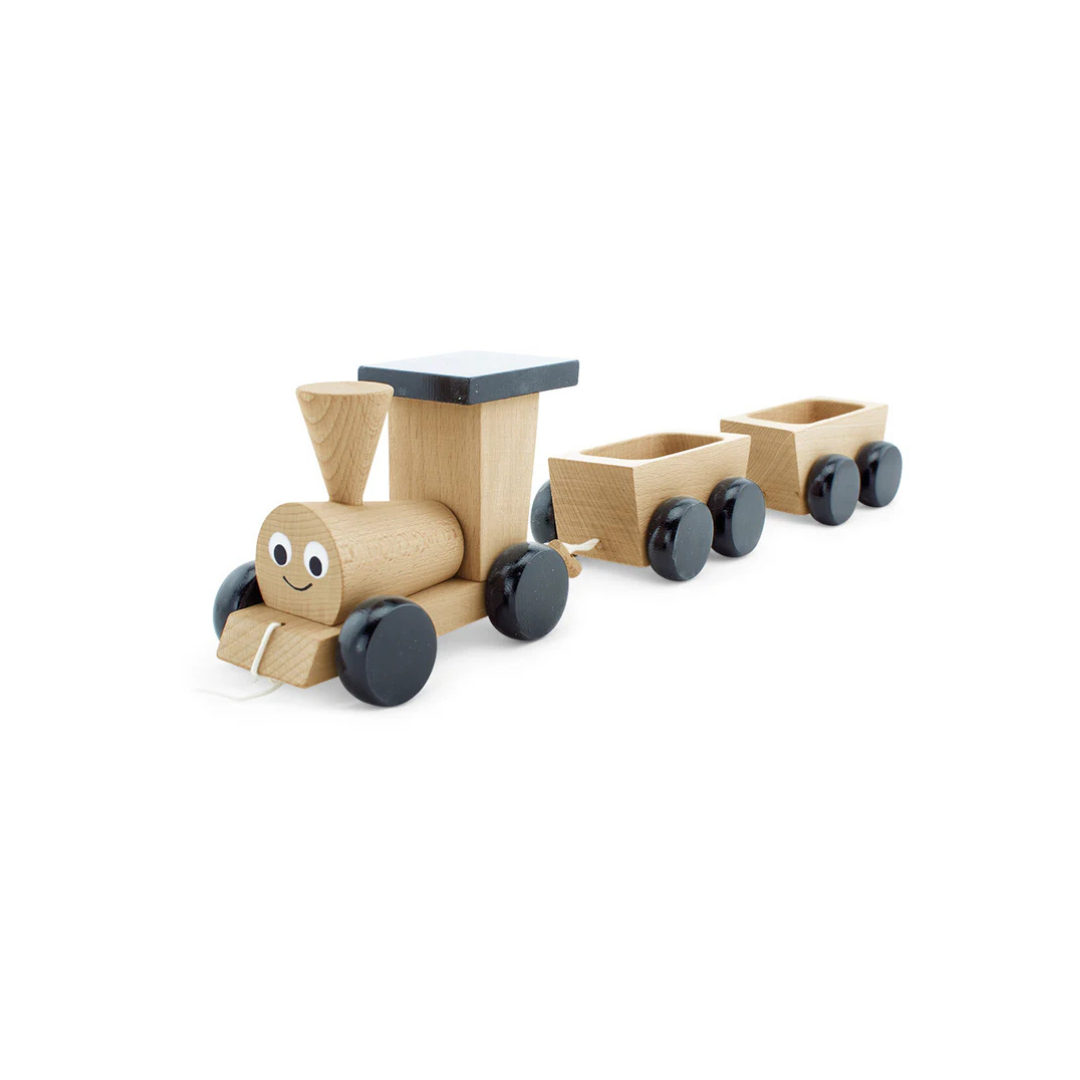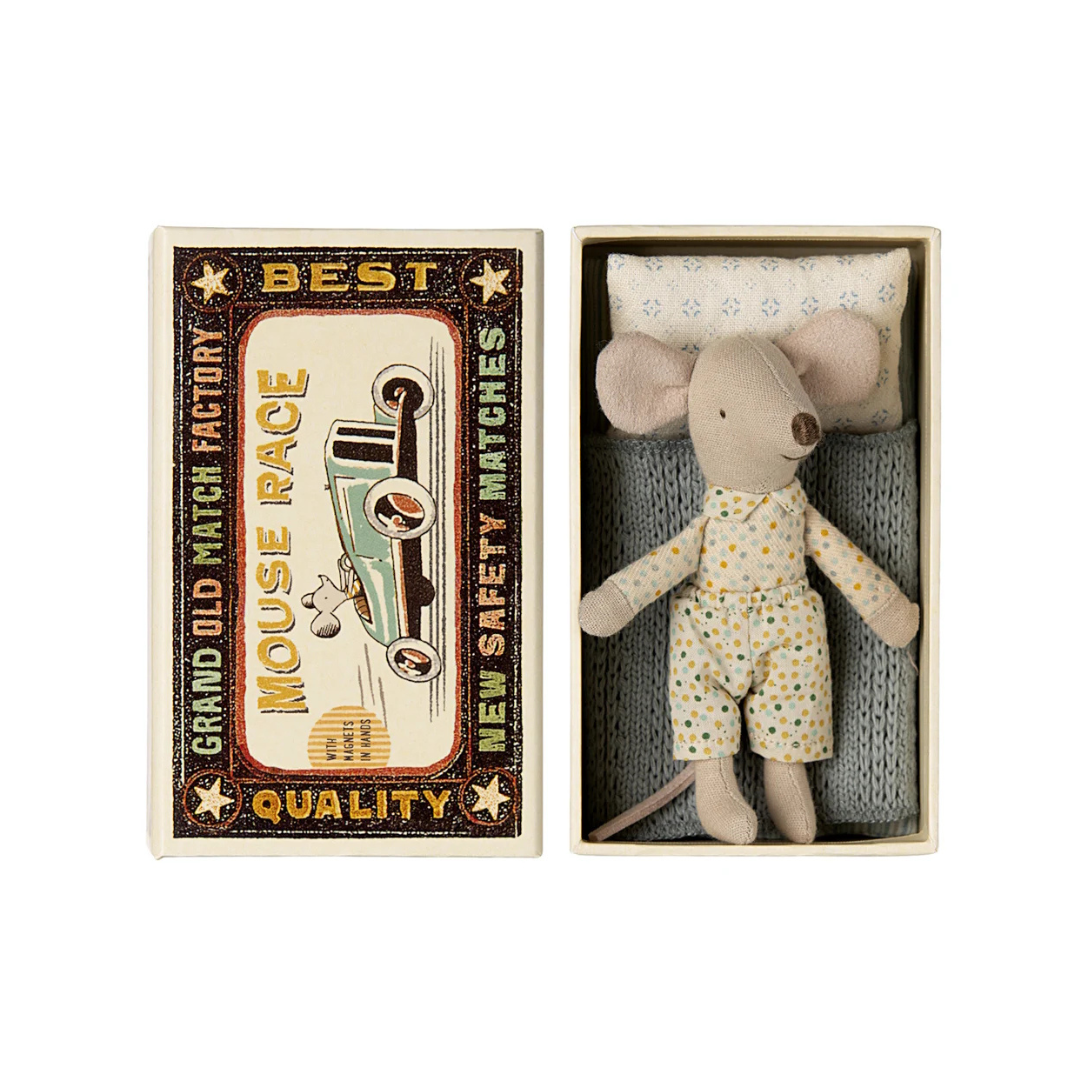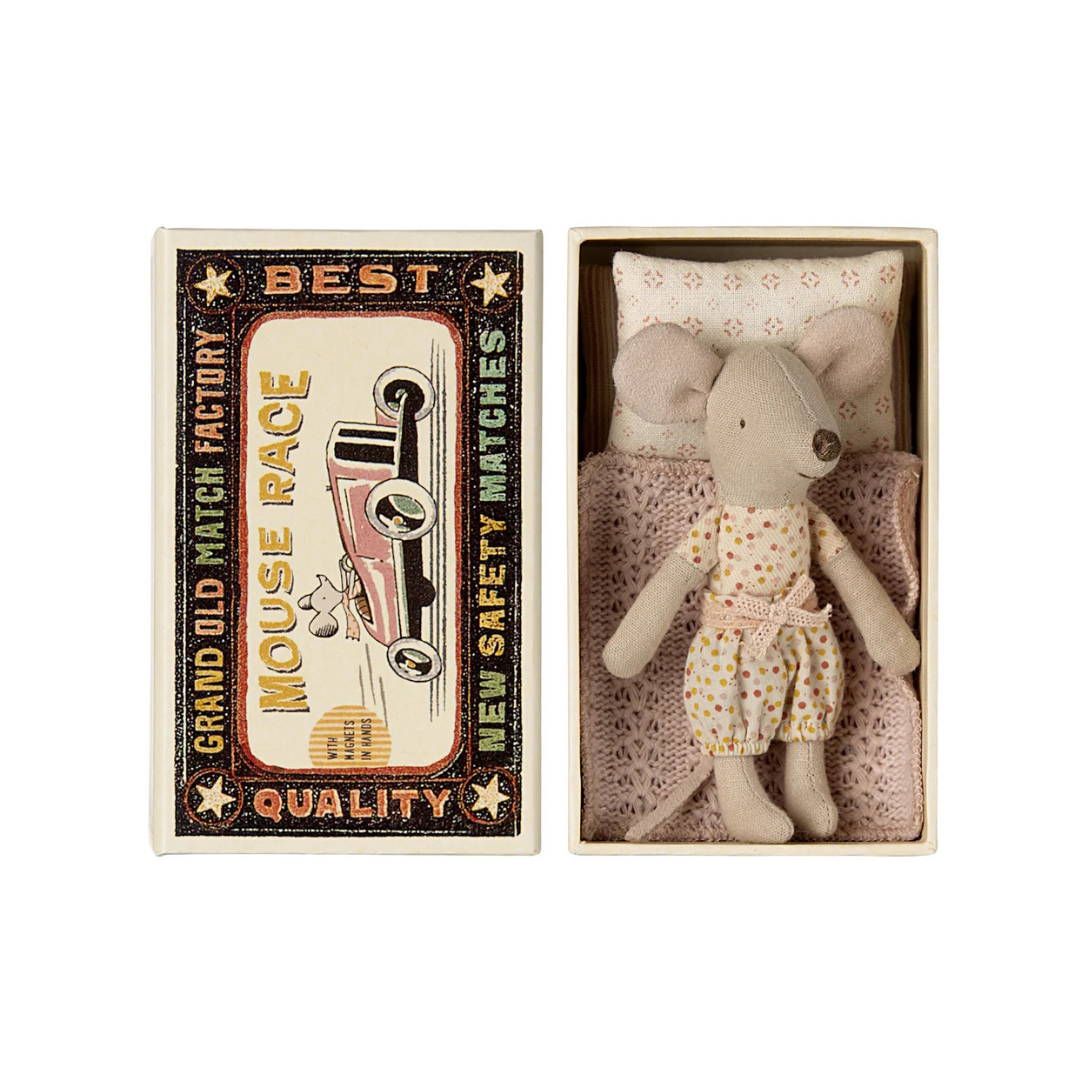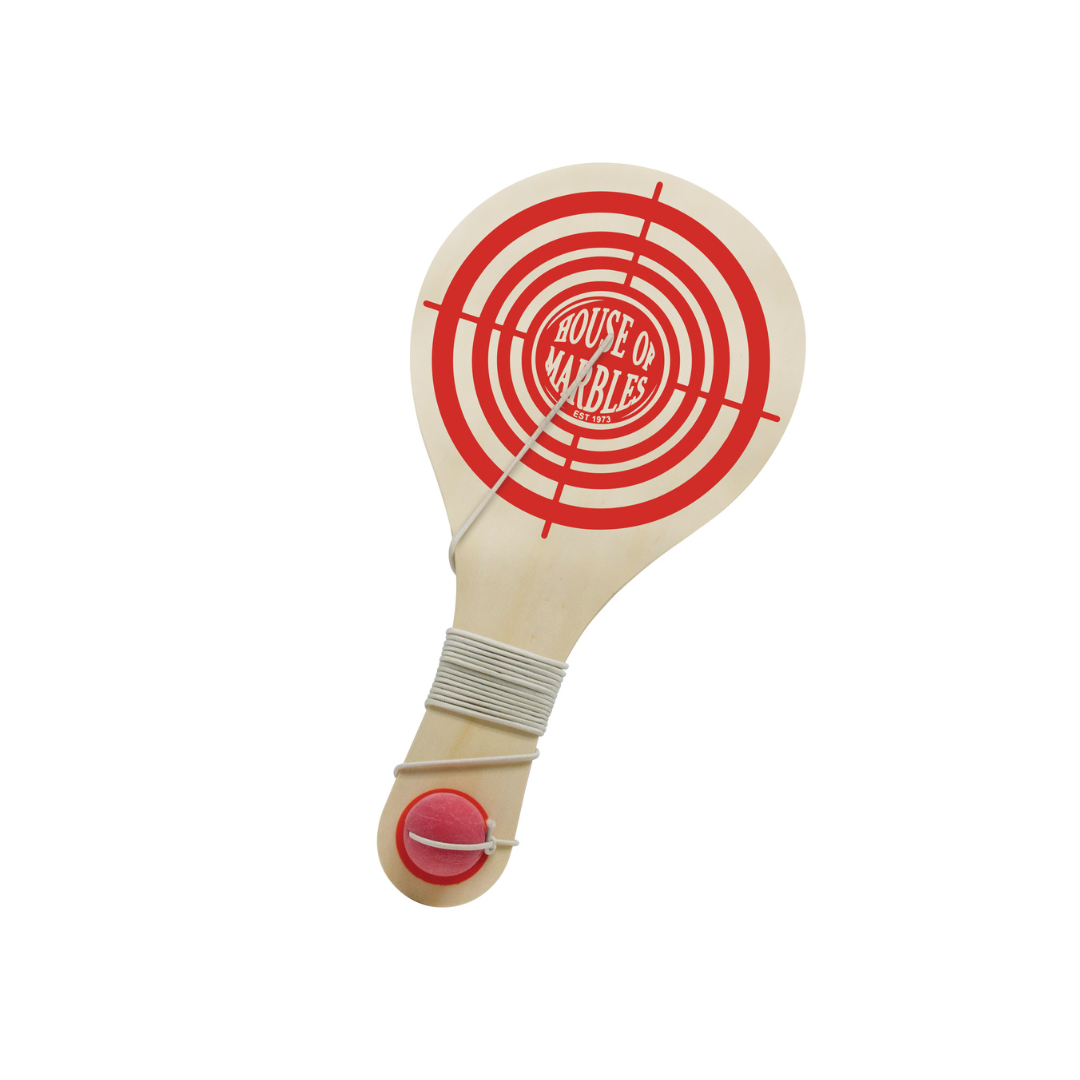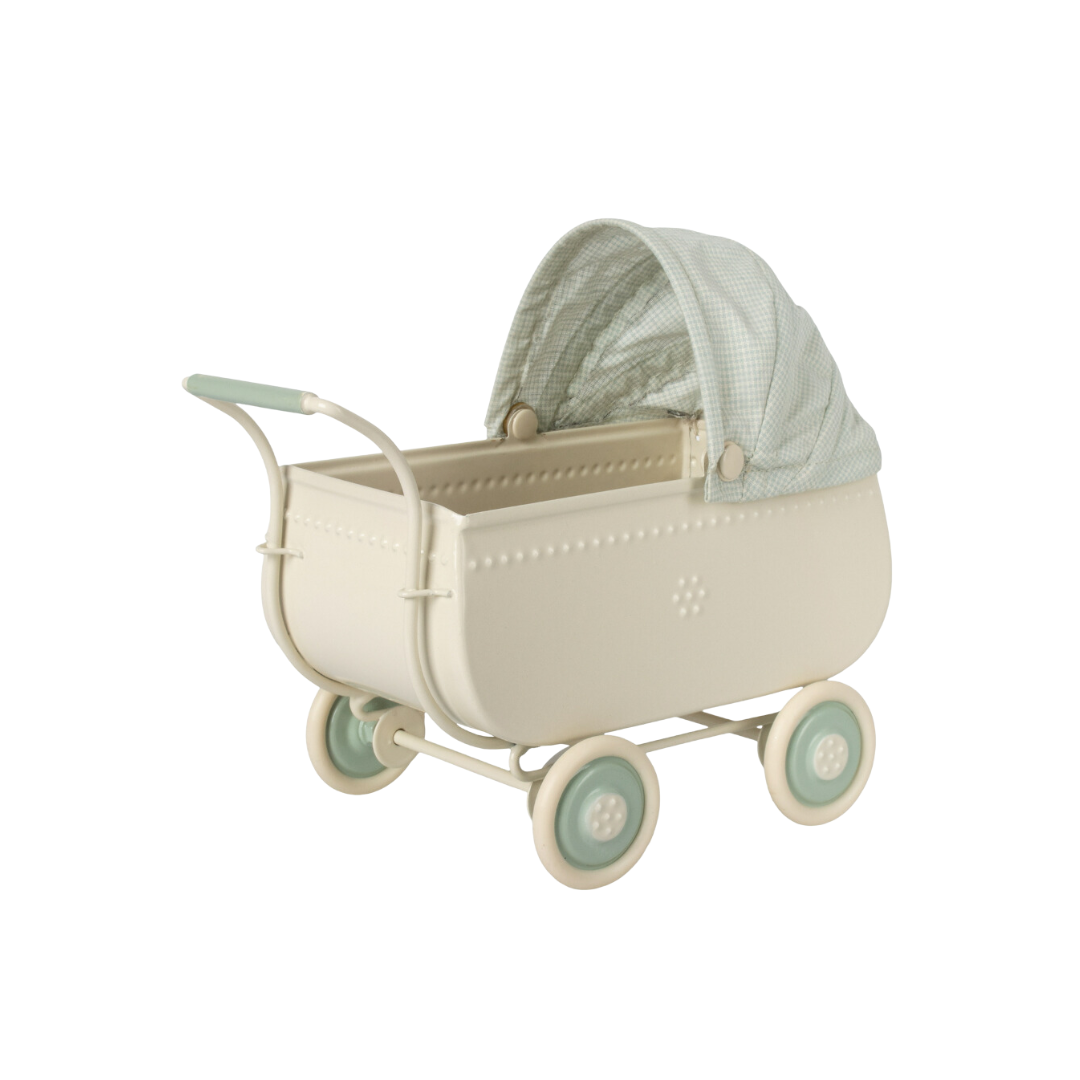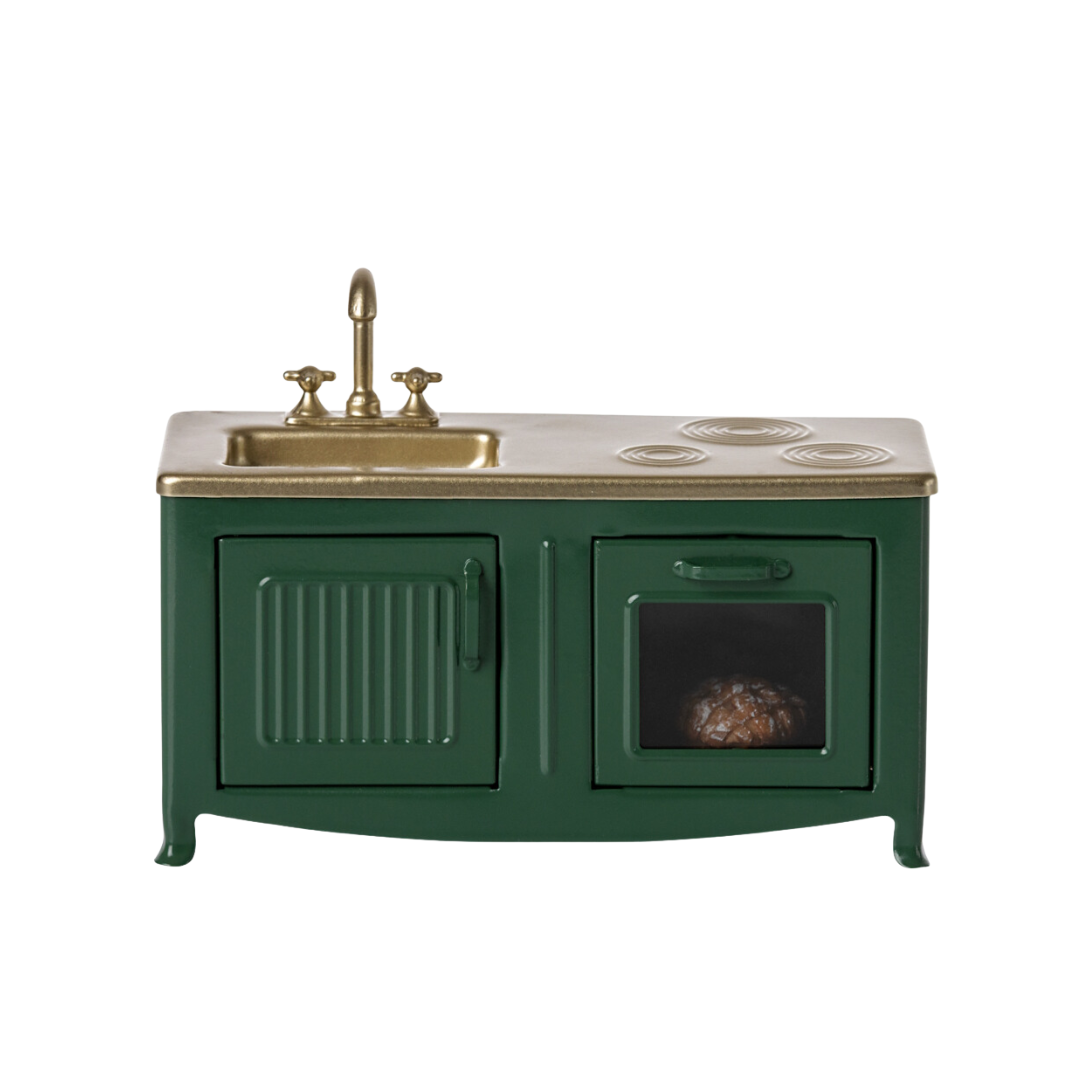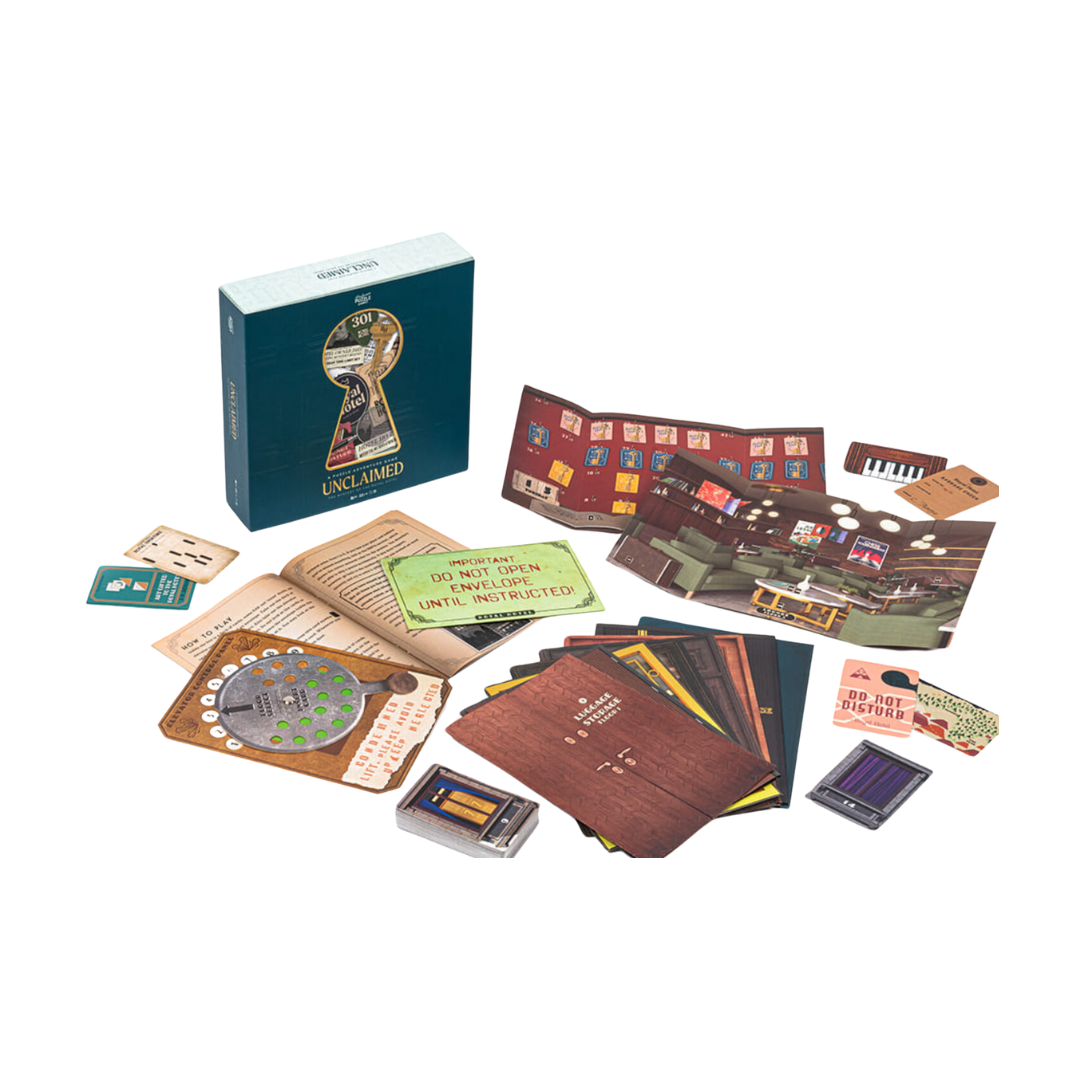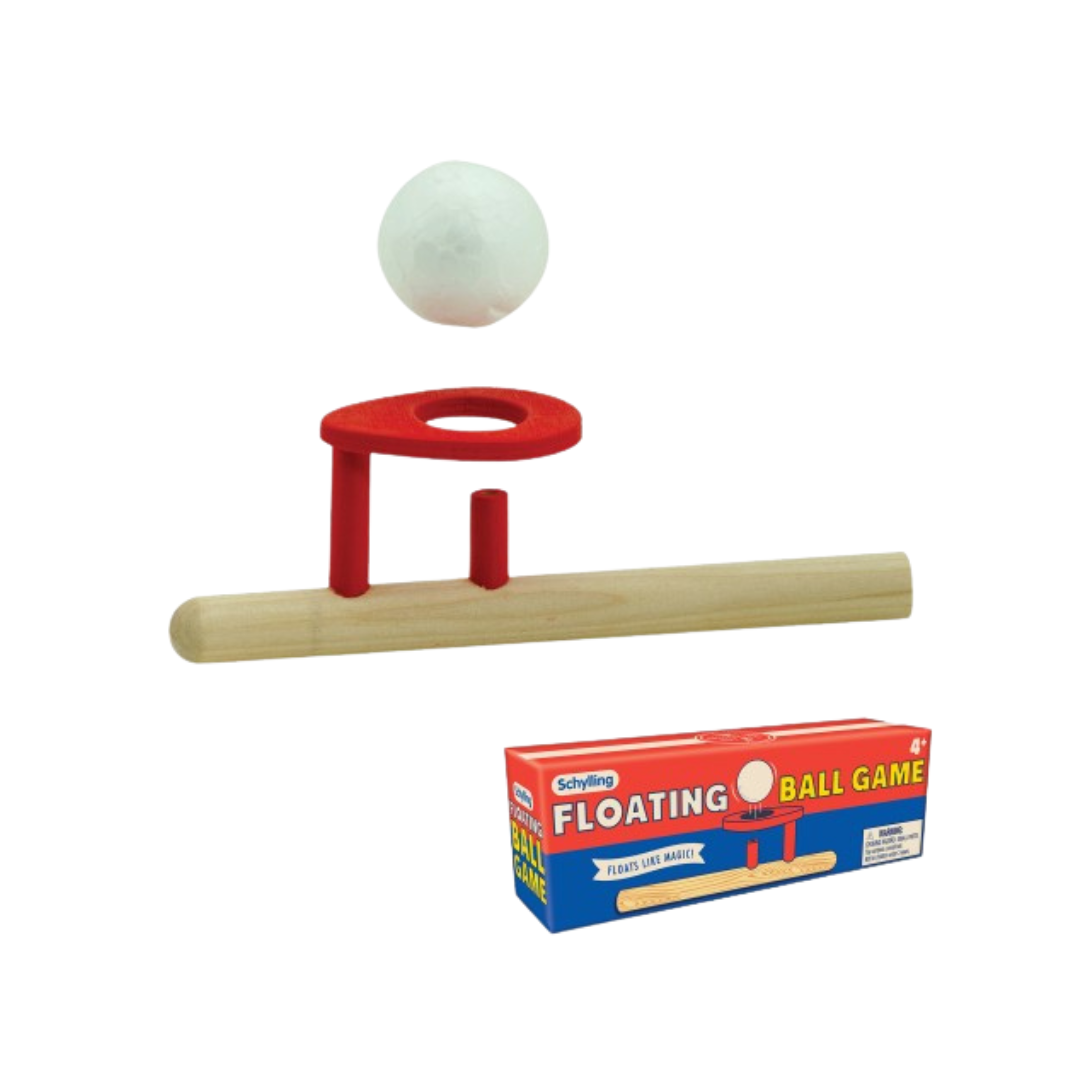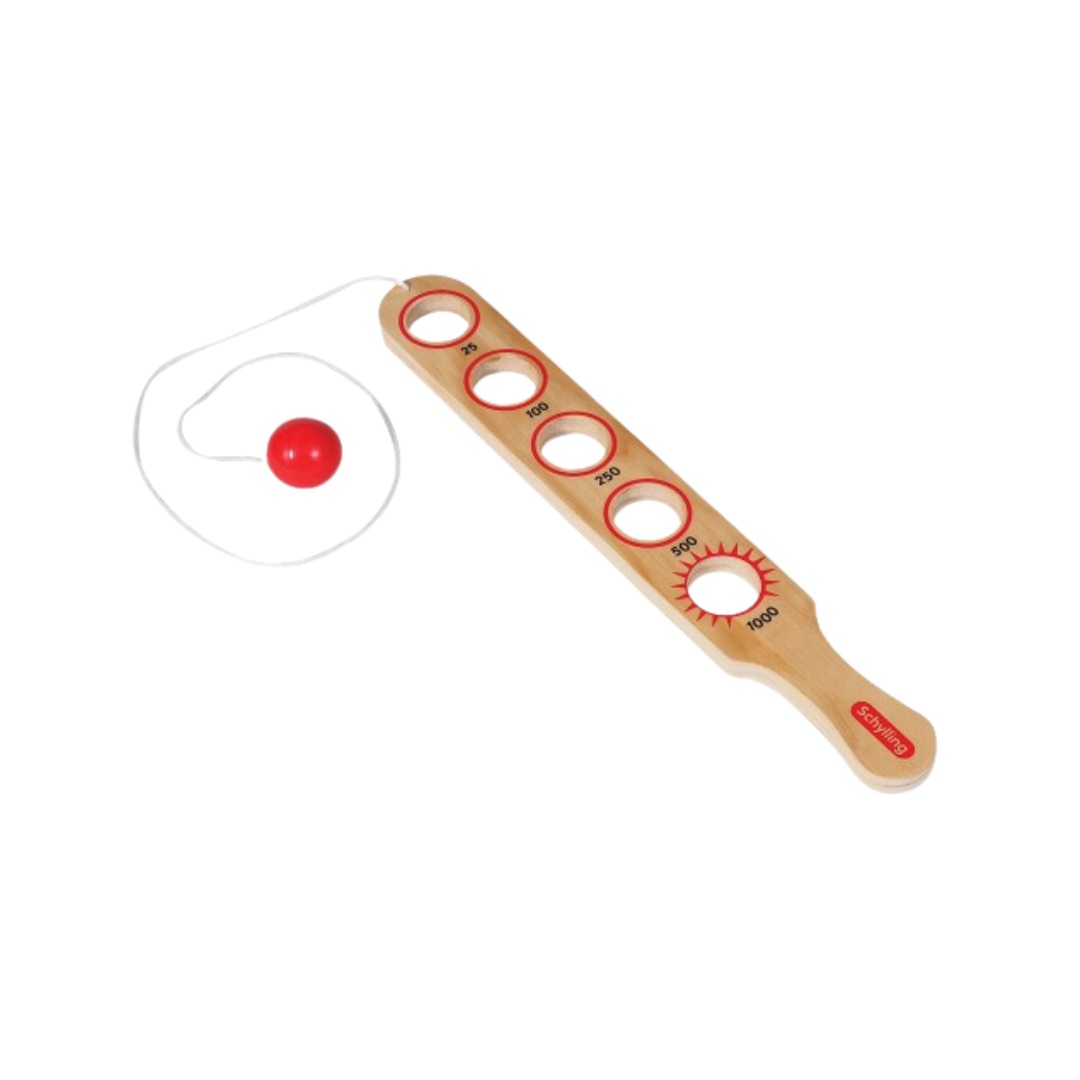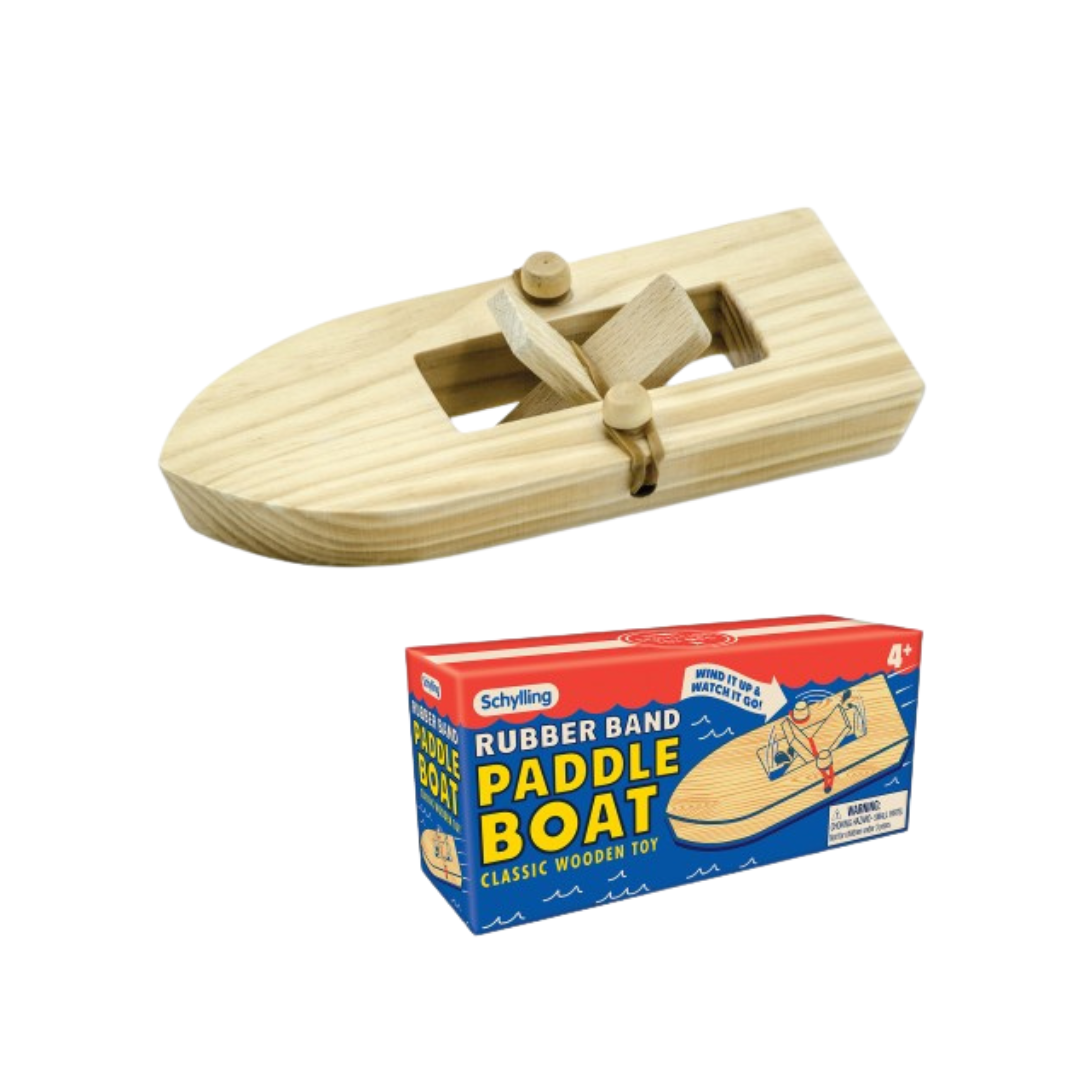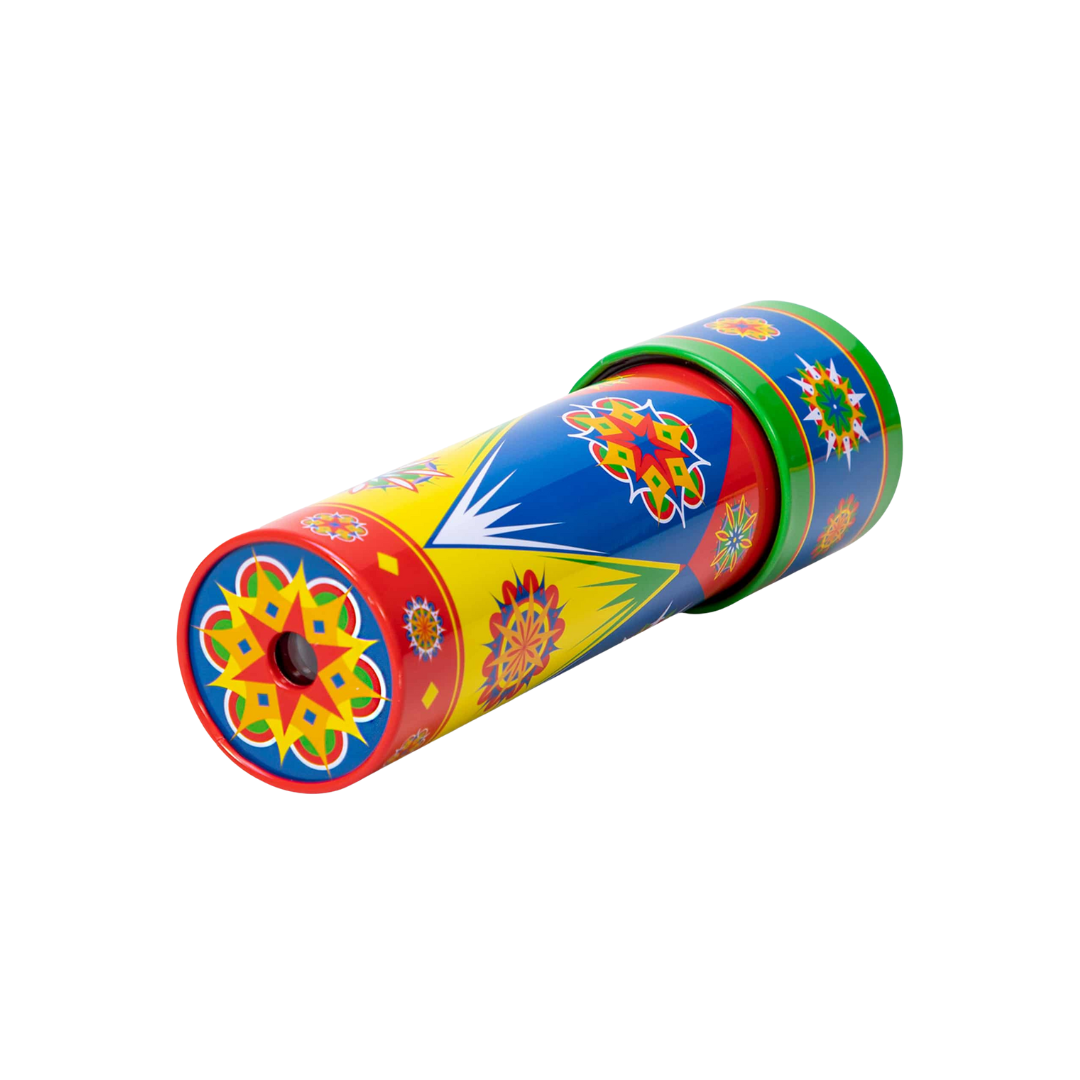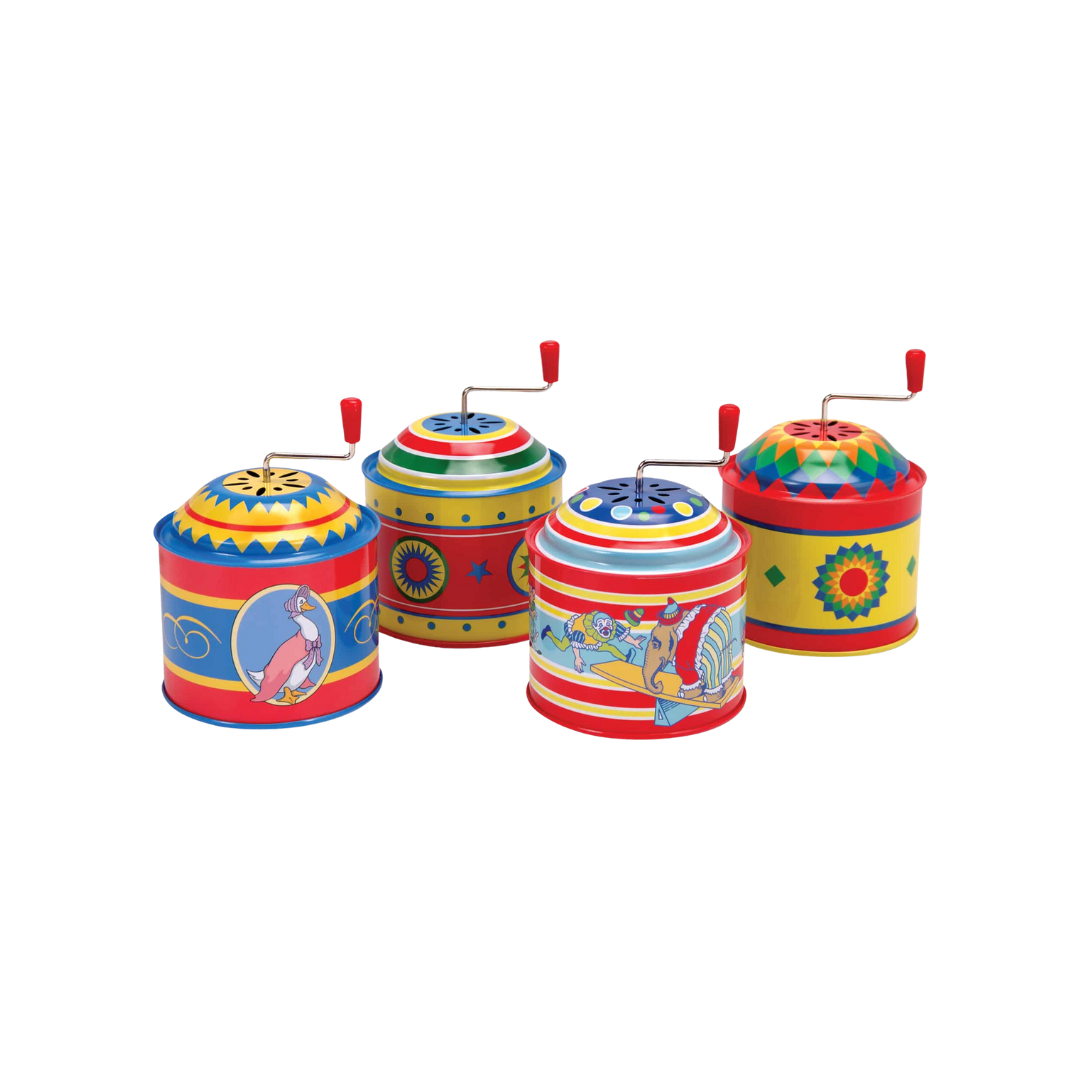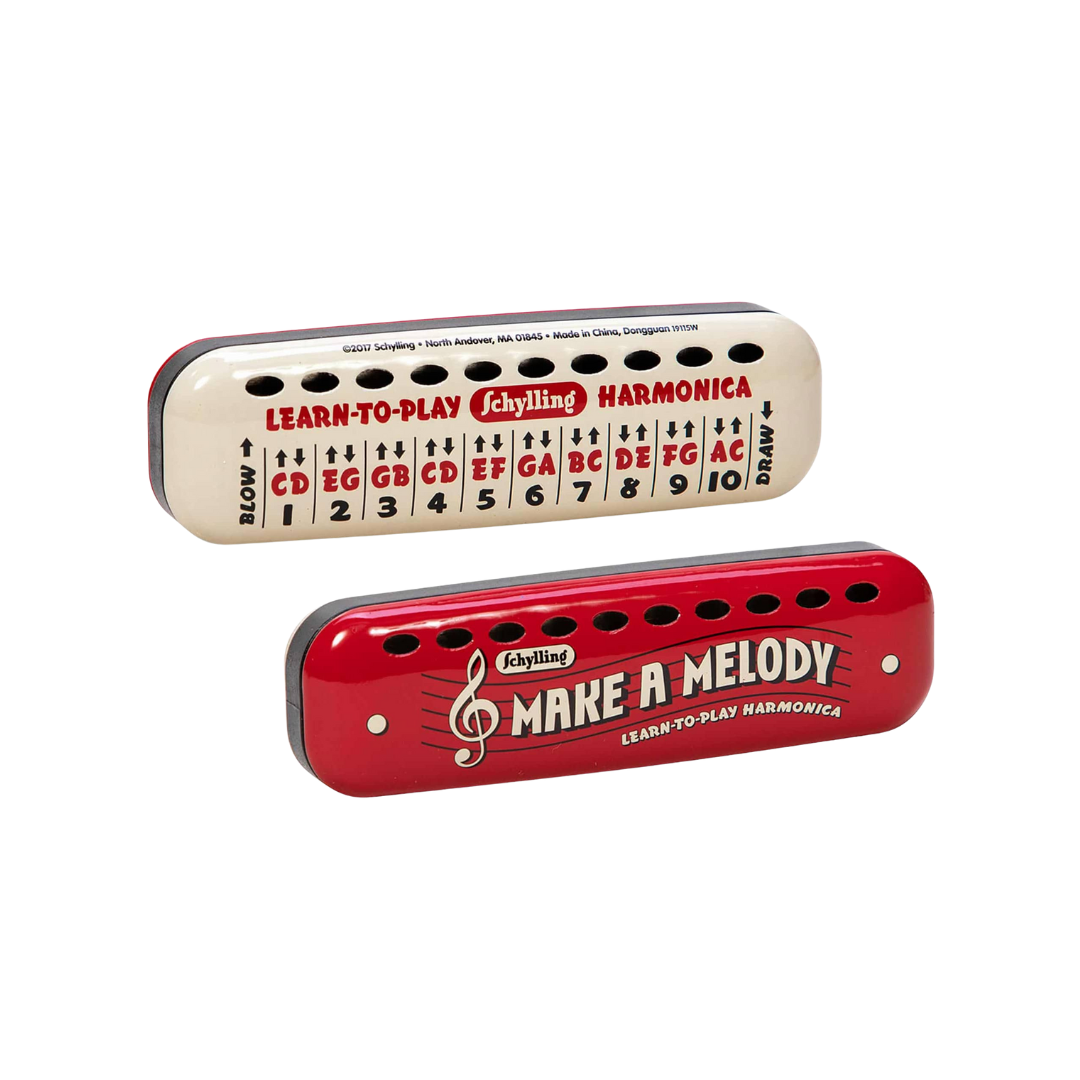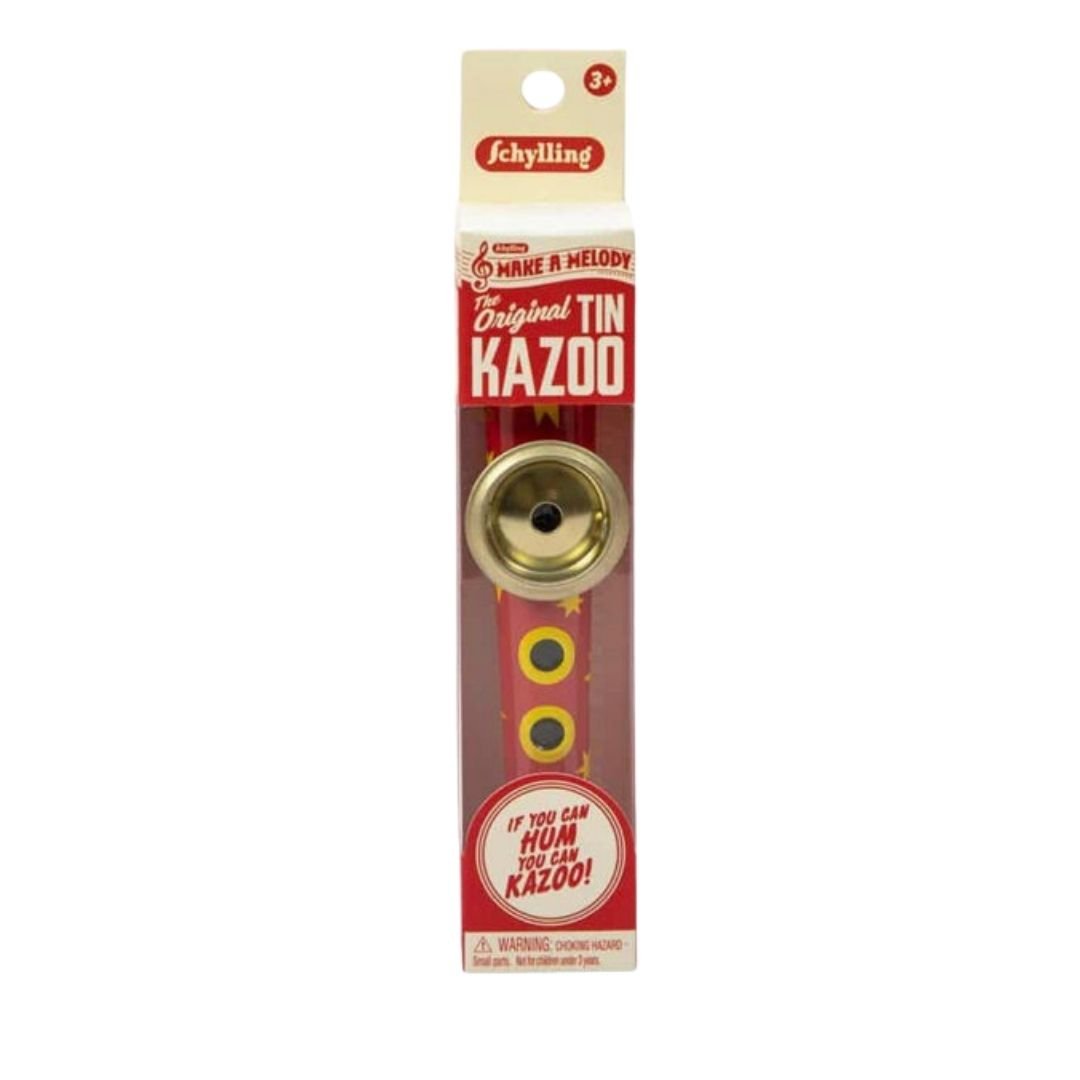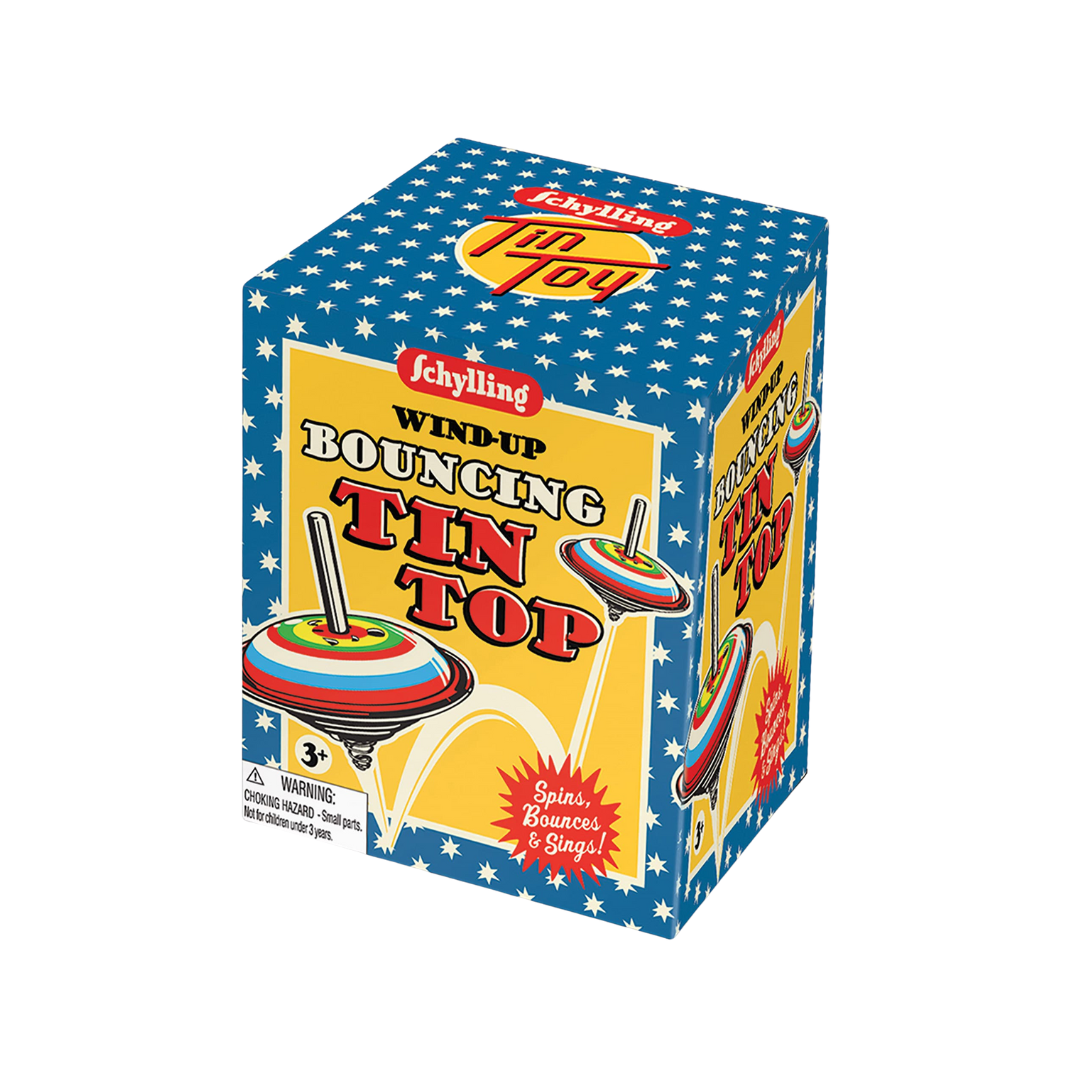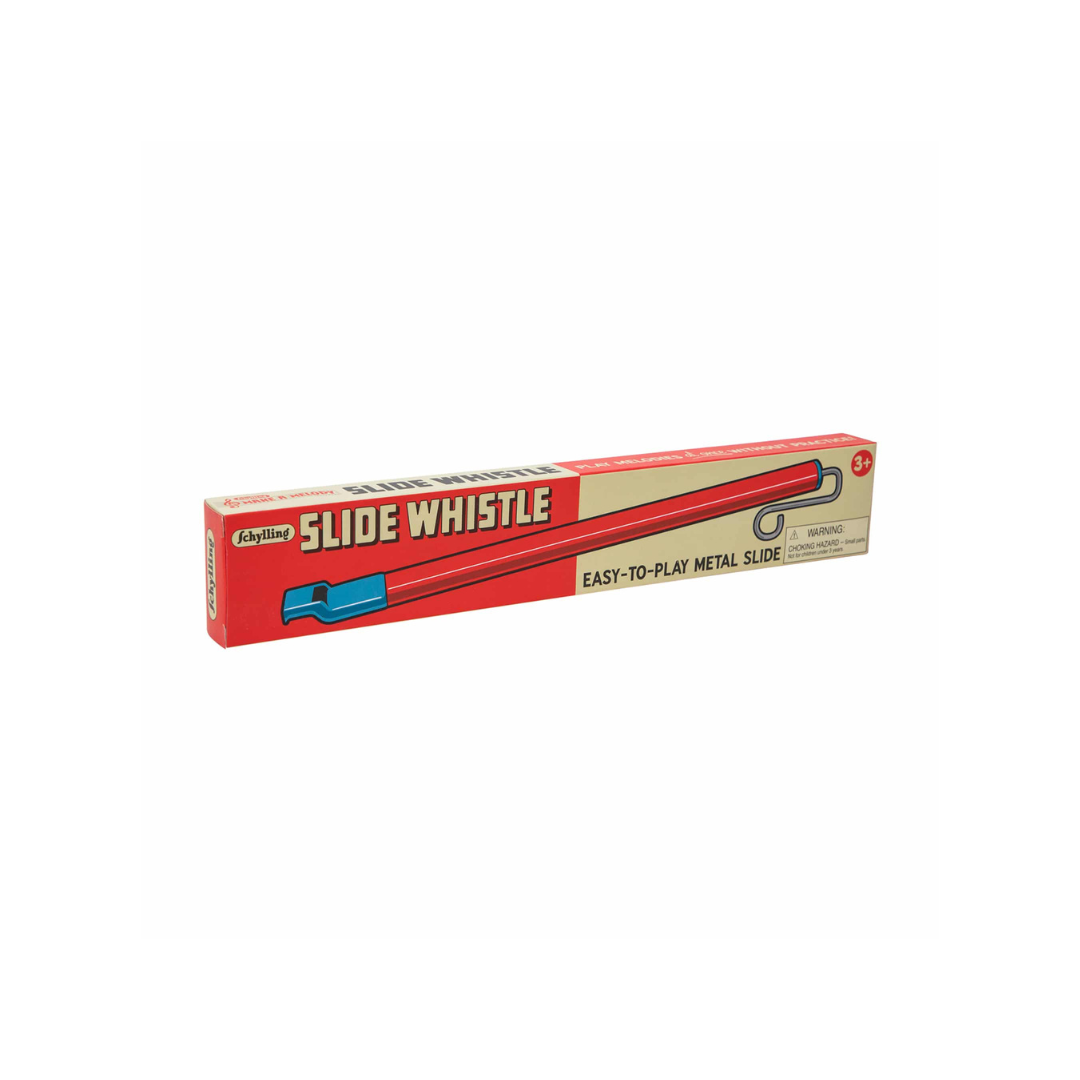Classic Toys | Step Back in Time | Toys From The 1940s
The Forties was a decade dominated by the Second World War, which had a profound and everlasting effect on the whole world.
Life still continued however, but everyone had to become more inventive and use their imagination more.
The Forties was a decade dominated by the Second World War, which had a profound and everlasting effect on the whole world.
Childhoods were changed and family lives vastly altered as thousands of children were evacuated from the cities during The Blitz, separated from their families, and sent to live in the safety of the countryside, often with no more than a few clothes, and their one favourite toy.
Life still continued however, but everyone had to become more inventive and use their imagination more.
The biggest and most notable household invention of the 1940s was the microwave oven, which was patented in 1945 by a man named Percy Spence.
Fun Fact: The very first commercial use microwave was sold in 1947. It was about 6 feet tall and weighed around 340 kg!
The Hills Hoist rotary clothes line, (that we still all use today), was also developed in 1945 by a man named Lance Hill. The Hills Hoist was not only used to hang out wet washing but was also used as a swing for little children – great fun! Velcro and Tupperware were also important inventions of the 1940’s that are still in everyday use today.
The 1940s was a huge decade for film; Walt Disney released the animated feature films Pinocchio in 1940, Fantasia in 1940, Dumbo in 1941 and Bambi in 1942. All of these classic children’s movies still make most kid’s favourite film list at one point in their young lives.
Fun Fact: Pinocchio and Dumbo had themed tin toys made after them. Pinocchio was a wind up tin toy and Dumbo was a simple tin figurine; both of which were very popular.
Another classic movie was released in 1943 - Casablanca starring Humphrey Bogart and Ingrid Bergman, and has continued to remain a classic ever since.
One of the greatest films ever made, It’s a Wonderful Life (a Christmas classic movie and all time festive favourite) was released in 1946 and is now a staple of Christmas television around the world.
Great Expectations was released in 1946, and in 1948 the Charles Dickens’ novel Oliver Twist was translated to the big screen., becoming an instant hit.
In 1940 Bugs Bunny first appeared in the Oscar nominated movie A Wild Hare. His outrageous and funny characteristics and his classic slogan, ‘Eh...What’s up Doc?’ meant that he was instantly loved by many during the Golden Age of Animation. His fame led him to be the official mascot for Warner Bros Entertainment and he also became a very popular cult icon.
Fun Fact: Bugs has appeared in more films than any other cartoon character and he even has his own star on the Hollywood Walk of Fame.
The most listened to music during the 1940’s was swing music, but as the decade moved forward Crooners such as Frank Sinatra, Bing Crosby, Nat King Cole and the timeless Ella Fitzgerald became extremely popular and together they all helped define the Swing Era.
As the world plunged into World War II, toy production became scarce as almost every man of age was absent from home, fighting over in Europe or Japan. Anything that could be used to make toys, such as steel and rubber was needed to build equipment, such as tanks, ships, planes, weapons and ammunition for the war.
In 1942 on the home front, three mini Japanese subs made their way into Sydney Harbour, sending fear through Australia. Some families even sold up their acreage and water views along the Harbour to start over further inland.
Families boarded up their windows, limited the use of electricity at night (so they wouldn’t be seen or heard) and never went outside after dark. During this time money was tight and most families couldn’t afford to splurge on toys for their children, (but that doesn’t mean the children had any less fun!).
Hopscotch became increasingly popular. The game, which originated in Ancient Rome, used to have courts that were over 30 metres long; massive compared to the courts children play on today! Jump rope, marbles and Jacks were often played too.
Fun Fact: Jacks were also known as knuckles and were actually played with bones that came from a hock or ankle of a sheep!
Reading became more of a focus in many homes with The Little Golden Books publishing its first 12 books including The Porky Little Puppy, Baby’s Book of Objects, The Little Red Hen and Nursery Songs, just to name a few. These books took only five months to completely sell out and sold a massive 1.5 million copies during that period. The Little Golden Book Series has grown tremendously over the years, with a total of 573 titles now in the collection. Some of the best sellers in the series are the special Christmas editions including Animals Christmas Eve, Cat That Climbed the Christmas Tree, Frosty the Snowman and many more.
Lionel Paper Trains (also known as the Lionel Wartime Freight Train) was also popular during the war. Lionel was looking for an alternative product to keep the brand name alive and recognised, as the Government restrictions on the use of various metals had halted their usual train set production. They produced an all paper train in March 1943 which was put on sale for $1 during the 1943 Christmas season. Lionel began manufacturing the original train again in 1945 when the Government lifted the restrictions.
Lionel wasn’t the only toy company that was forced to cease due to the Government restrictions. The manufacture of the Steel Radio Flyer Wagon, popular in the late 1930s was also forced to a halt. Thankfully it became just as popular when manufacturing started up again after the war.
After WWII ended model plane kits became very popular with children, featuring five models to cut out and put together including the Curtiss P-40 Warhawk, the North American Aviation P-51 Mustang, The Bell P-39 Airacobra and the Hawker Typhoon.
Another great toy that started production after the war was the classic Slinky spring toy. “Slinky... Slinky... everyone loves a Slinky”... this fun little toy was released just in time for Christmas in 1945, and the first 400 Slinkies made sold out in minutes.
The story behind the Slinky is that it was actually invented completely by accident when a mechanical engineer accidentally knocked some ship springs off a shelf as he was working. Instead of falling straight down, it was said that they “walked” down. The Slinky has been a sought after stocking filler ever since! The Slinky became evermore popular in recent years by the release of the Toy Story movies with the character Slinky Dog or ‘Slink’, (a toy dachshund with a slinky for his middle). He is Woody’s loyal sidekick.
Fun Fact: The Slinky got inducted to the National Toy Hall of Fame in 2000.
All of these years after the World War came to an end people are still fascinated with all things related to the war, indicating what a profound effect this period of time had on the development of the world.
There are a huge number of movies that have been made over the years dedicated to the war including Black Hawk Down starring Ewan McGregor and Eric Bana (who later starred as The Hulk), the 1998 block buster hit Saving Private Ryan, directed by Stephen Spielberg and another block buster hit, Pearl Harbour starring Ben Affleck and Jennifer Garner. These are just a few of the 100’s of war inspired movies that have been made over the years.
Many video games have also been made to represent war time including the ‘Call of Duty’ series with an epic 15 war inspired games in the series, the latest one being ‘Call of Duty Black Ops 4’ that was released in Oct 2018. The other major video game franchise is ‘Battlefield’ where the maps in the game are based on real battles that took place.
Over here at The Vintage Toy Box, we recognise and appreciate the smaller things in life, and look back at the decade of sacrifice with appreciation for what we now have, thanks to the selfless acts of the many. Lest we forget.
Classic toys from the 1950s, 60s, 70s & 80s
The 'good old days' were a lot of fun for kids. In the past, children had more engagement with their toys than they do today, and they formed a longer attachment.
The 'good old days' were a lot of fun for kids. In the past, children had more engagement with their toys than they do today, and they formed a longer attachment. There weren't countless number of toys to choose from and to play with. Children bonded with their toys, and allowed their imagination to take over in their creative play. This article gives a quick glance at those toys from the 1950s to the 1980s which have created wonderful memories for kids throughout the decades.
The 1950s saw a surge of toys in the market, as post war indulgence changed the way that people spent. Tin toy cars flooded the market (Dinky & Matchbox), along with friction cars, Tonka trucks, kitchen sets, Tiny Tears dolls, Hula hoop, Barbie and farm equipment. These toys are the essence of vintage toys and all to this day still remain. Most have evolved over time, but their timeless, classic design still ensures that generations of children still love to play with them.
A large number of toys which were introduced back in the 1960s are still also around today. The 1960s heralded a golden era for toys, with bigger families, and more disposable income paving the way for greater choice and variety. If you take a close look at toys available in the 60s and 70s, you will not see a great deal of difference between the offerings. The toys were quite similar and still hold great enjoyment for the next generations of kids.
A few toys and games like Ker-Plunk, Twister, Etch A Sketch, Slip 'n' Slide, Rubik's Cube, Spirograph and G.I. Joe can still be found in children's toy boxes and toy stores now.
Another major influence on toys was the introduction of TV into people's homes. Toy manufacturers realised that they could theme toys on popular TV shows, and the toys would fly of the shelves. The batman comic books became hugely popular and batman-themed toys started filling the shelves of toy stores. This was a huge profit making game-changer for all the toy makers.
As time moved on, and families had more disposable income & greater spending power, toy manufacturers had to start thinking outside the box if they wanted to increase their sales.
To make things a bit more fun and exciting for the kids, toy manufacturers started introducing electricity into toys, and a whole other world of new, innovative toys came into being with the dawn of electronics. Toys would never be the same again. Every Christmas, we now see the release of the newest, biggest, flashiest toy. In amongst all of these toys though, and still standing the test of time, are the classic toys from the 1950s, 1960s, 1970s & 1980s.
These toys and games passed on from decades before are still famous, popular and loved even now. Grandparents give the retro toys to their grandchildren, and watch with delight as the children play. Old memories flooding back of the joy that they themselves used to feel playing with the same toys when they were young.
There's nothing like playing with an old toy to bring back happy memories.

